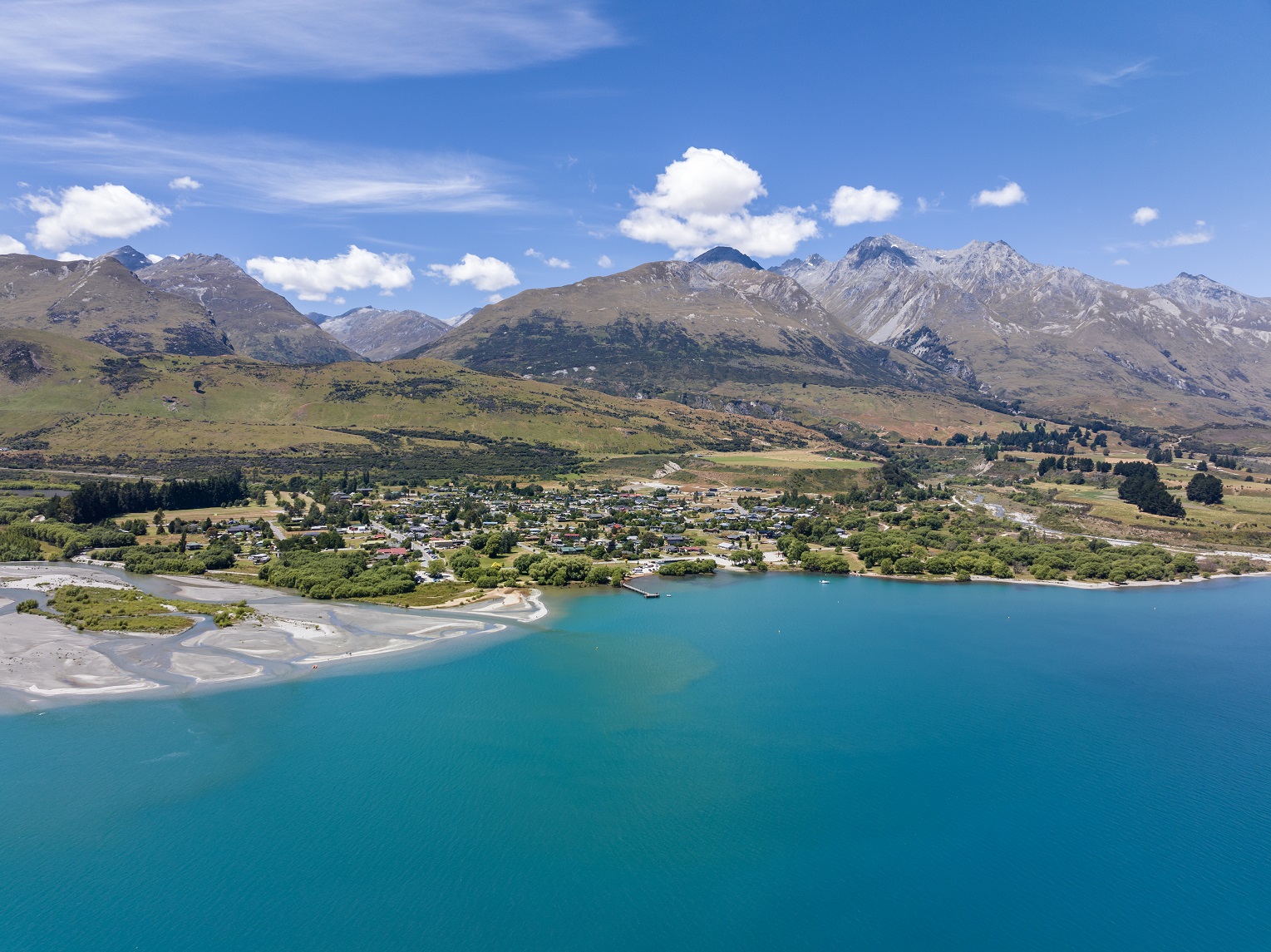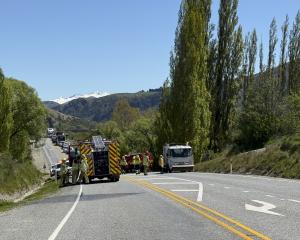
A report by Tonkin + Taylor, set to be discussed at an Otago Regional Council meeting today, highlights the extent of the risk to Glenorchy from a significant earthquake.
It warns engineering solutions aimed at addressing the liquefaction risk could cost "into the hundreds of millions of dollars" and still not prevent severe damage to parts of the town.
The council previously said liquefaction in the town when the Alpine Fault ruptured could be "comparable or worse than the most affected areas of Christchurch" in the 2010 and 2011 earthquakes and the chance of such an event happening in the next 50 years was "very high".
The town is also under severe threat from flooding and the council is investigating ways to mitigate both risks.
In the report to today’s meeting, Tonkin + Taylor looks at potential engineering options for reducing the risk posed by liquefaction, which range from geotechnical improvements for large land areas to strengthening or retrofitting existing building foundations.
It warned the most expensive option — which involved ground improvement across the wider township — could cost "into the hundreds of millions of dollars" and still not protect some parts of the town from severe liquefaction damage.
This would involve temporarily lifting and possibly relocating existing buildings and constructing new foundations underneath them.
The option of just constructing a strip of deep ground improvement on public land running along the edge of the lake would likely come to "many tens of millions of dollars".
On the other hand doing little could make it difficult for residents to get insurance.
"At the more robust end of the range, there could be many cases where undertaking the work would be impractical or unaffordable.
"At the less robust end of the range, there could be many cases where new buildings might not meet minimum Building Code requirements for building consent, or where it may become more difficult to obtain insurance because of the high residual risk," the report says.
The report adds to a body of evidence outlining the risk Glenorchy faces from both liquefaction and severe flooding as both the regional council and Queenstown Lakes District Council seek to understand the threats and possible solutions.
A report prepared by Damwatch Engineering into flood mitigation options for the Rees-Dart floodplain areas, which was made public last year, is also being tabled at today’s meeting.
It identified stopbank improvements, planting next to the Rees River, raising floor levels of existing buildings and retreat from highest-risk areas as potential mitigation options.
The regional council is set to carry out further risk assessment work in the coming year and complete an adaptation strategy in the 2021-31 long-term plan period.












